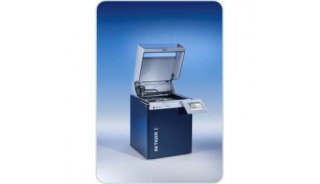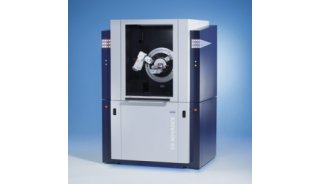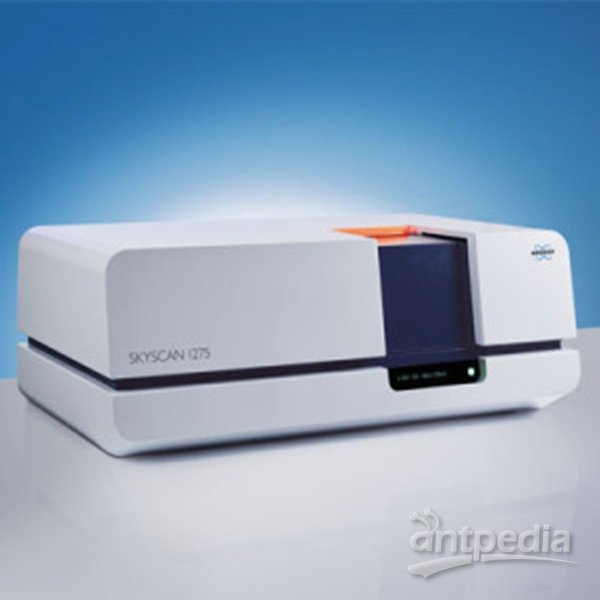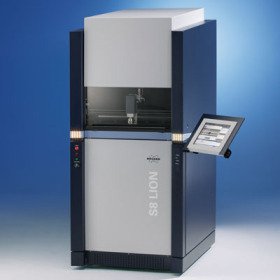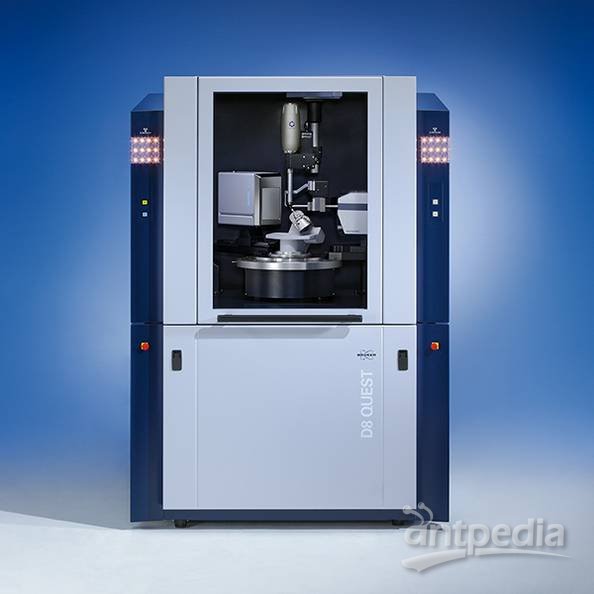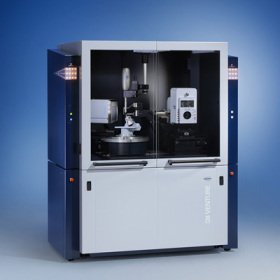线粒体荧光探针大全:TMRM,Mitotracker,JC-1(5)
Monoclonal Antibodies Specific for Proteins in the Oxidative Phosphorylation System
Oxidative phosphorylation (OxPhos) activity occurs in the mitochondria and, in mammals, is catalyzed by five large membrane-bound protein complexes, namely NADH–ubiquinol oxidoreductase (Complex I), succinate–ubiquinol oxidoreductase (Complex II), ubiquinol–cytochrome c oxidoreductase (Complex III), cytochrome c oxidase (Complex IV) and ATP synthase (Complex V). The complexes are composed of multiple subunits, some of which are encoded in the mitochondrion and some in the nucleus. For example, mammalian cytochrome oxidase (COX) is composed of 13 subunits, three encoded by mitochondrial DNA (subunits I, II and III; Figure 12.30) and ten encoded by nuclear DNA. Assembly of each complex involves a coordinated association of prosthetic groups (hemes, non-heme irons, flavins and copper atoms) with some polypeptides made in the mitochondrion and others made in the cytosol and then translocated to the organelle. This complicated process is poorly defined but known to require various assembly factors, each of which is specific for a particular complex. Defects in assembly of one or more of these complexes contribute to several described mitochondrial diseases and possibly Alzheimer's and Parkinson's diseases.164–169
Antibodies against the various subunits of the OxPhos Complex are important tools for investigating mitochondrial biogenesis and studying OxPhos-related diseases (see Note 12.2 "Technical Focus: Mitochondria in Diseases"). Patient cell lines can now be screened for deficiencies in each of the OxPhos Complexes by simple Western blotting.170,171 When compared with control cell lines, this screen provides information about relative subunit expression levels and can be combined with native gel electrophoresis or sucrose gradient centrifugation to gather additional information regarding the assembly state of the OxPhos Complex.172 Many of our antibodies against subunits of the OxPhos Complex may also be used for immunohistochemical analysis. Image analysis of the antibody's staining pattern can reveal the relative expression and localization of a subunit. This approach has been particularly useful for studying OxPhos subunit expression in diseased muscle fibers 173 and for screening Complex IV–deficient patients.174
Molecular Probes offers a range of subunit-specific anti–OxPhos Complex mouse monoclonal antibodies that recognize proteins in the oxidative phosphorylation system (Table 12.3, Table 12.4, Table 12.5; Figure 12.31) and have proven useful in the characterization and diagnosis of mitochondrial disease.175 One set of antibodies is against the Complex IV subunits of yeast, as this is the organism of choice for studying biogenesis of cytochrome oxidase. The remaining antibodies were generated against bovine or human material and were selected because they react with high specificity for the human form of the various proteins. All of our antibodies work well in Western blots and a majority can be used for immunohistochemistry, as listed in Table 12.4. These antibodies may also be employed to test other subcellular preparations for mitochondrial contamination. Stringent selection criteria were applied during the development of these monoclonal antibodies, including:
Ability of the antibodies to detect native protein in solid-phase binding assays such as particle-concentration fluorescence immunoassays (PCFIAs) and enzyme-linked immunosorbent assays (ELISAs)
Specificity for the appropriate denatured subunit in Western blots of whole-cell extracts and isolated mitochondria
Where appropriate, specific mitochondrial subcellular localization of immunohistochemical reactivity in fixed cultured human cells
Detailed information regarding the IgG isotype and recommended working concentration is provided with each product. For detection of these monoclonal antibodies, Molecular Probes offers anti–mouse IgG secondary antibodies labeled with biotin, enzymes, NANOGOLD and Alexa Fluor FluoroNanogold 1.4 nm gold clusters, Captivate ferrofluid or a wide range of fluorophores (Section 7.2, Table 7.1). The antibodies in this group (Table 7.15, Table 7.16, Table 7.17, Table 12.4) can also be complexed with the Zenon labeling reagents in the corresponding Zenon Antibody Labeling Kits (Section 7.3, Table 7.13) for detecting mitochondrial targets in cells (Figure 7.80, Figure 15.81).
Monoclonal Antibodies Specific for OxPhos Complex IV (Cytochrome Oxidase)
To facilitate the study of cytochrome oxidase (COX) structure and mitochondrial biogenesis, Molecular Probes offers subunit-specific mouse anti–OxPhos Complex IV monoclonal antibodies that have been derived from the human, bovine and yeast forms of COX. COX catalyzes the transfer of electrons from reduced cytochrome c to molecular oxygen, with a concomitant translocation of protons across the mitochondrial inner membrane.176,177 This mitochondrial membrane–bound enzyme is composed of subunits that are encoded in both the mitochondria (COX subunits I, II and III) and the nucleus (all others), with a total of 13 subunits for mammalian COX and 11 subunits for yeast COX. The binding specificity exhibited by our anti–OxPhos Complex IV monoclonal antibody preparations allows researchers to investigate the regulation, assembly and orientation of COX subunits from a variety of organisms 178–182(Table 12.3, Table 12.4, Table 12.5). Furthermore, because the antibodies to bovine COX also recognize the corresponding human COX subunits, the antibodies have proven valuable for analyzing human mitochondrial myopathies and related disorders.170,173,183,184 Alexa Fluor 488 and Alexa Fluor 594 conjugates of anti–COX subunit I are also available for direct staining of mitochondria (A21296, A21297; Figure 7.79). Mouse monoclonal 1D6 anti–COX subunit 1 antibody (A6403), which recognizes the mitochondrial DNA–encoded COX subunit I, has been shown to be an effective tool for following mitochondrial DNA depletion in cultured fibroblasts treated with nucleoside reverse transcriptase inhibitors (NRTIs) and potentially for monitoring patients on a regimen of NRTIs for the treatment of HIV.185
Monoclonal Antibodies Specific for Complexes I, II, III and V
Molecular Probes supplies a large number of monoclonal antibodies to the OxPhos Complex (Table 12.4). These include antibodies specific for individual subunits of Complexes I, II, III and V, as well as the Complex V inhibitor protein. When these monoclonal antibodies are used in combination with the set of antibodies to cytochrome oxidase (Complex IV), the relative levels of all OxPhos enzyme complexes in normal and diseased tissues can be evaluated.
The mouse monoclonal 7H10 anti–OxPhos Complex V subunit (bovine) (anti–F1F0-ATPase subunit ![]() , A21350) and mouse monoclonal 3D5 anti–OxPhos Complex V subunit (bovine) (anti–F1F0-ATPase subunit
, A21350) and mouse monoclonal 3D5 anti–OxPhos Complex V subunit (bovine) (anti–F1F0-ATPase subunit ![]() , A21351) antibodies have also been shown to mimic angiostatin, a potent inhibitor of angiogenesis.186 Angiostatin protein (A23375, Section 15.4), a recombinant form of natural angiostatin, targets the F1F0-ATP synthase and inhibits cell-surface ATP metabolism of endothelial cells, thereby blocking cell migration and proliferation that is essential for angiogenesis. This research demonstrated that these anti-ATPase antibodies had similar inhibitory effects, implying that they also compromised ATP metabolism and may function as angiostatin analogs.
, A21351) antibodies have also been shown to mimic angiostatin, a potent inhibitor of angiogenesis.186 Angiostatin protein (A23375, Section 15.4), a recombinant form of natural angiostatin, targets the F1F0-ATP synthase and inhibits cell-surface ATP metabolism of endothelial cells, thereby blocking cell migration and proliferation that is essential for angiogenesis. This research demonstrated that these anti-ATPase antibodies had similar inhibitory effects, implying that they also compromised ATP metabolism and may function as angiostatin analogs.
SelectFX Alexa Fluor 488 Cytochrome c Apoptosis Detection Kit
A distinctive feature of the early stages of programmed cell death is the disruption of active mitochondria.4,5,187 This mitochondria disruption includes changes in the membrane potential, presumably due to the opening of the mitochondrial permeability transition pore, which allows passage of ions and small molecules. The resulting equilibration of ions leads in turn to the decoupling of the respiratory chain and then the release of cytochrome c into the cytosol.188,189 The SelectFX Alexa Fluor 488 Cytochrome c Apoptosis Detection Kit (S35115) provides all the reagents required to detect cytochrome c in fixed cells. The Alexa Fluor 488 dye exhibits bright green fluorescence that is compatible with filters and instrument settings appropriate for fluorescein. Each kit contains:
Mouse IgG1 anti–cytochrome c antibody
Highly cross-adsorbed Alexa Fluor 488 goat anti–mouse IgG antibody
Concentrated fixative solution
Concentrated phosphate-buffered saline (PBS)
Concentrated permeabilization solution
Concentrated blocking solution
Detailed protocols for mammalian cell preparation and staining
The SelectFX Alexa Fluor 488 Cytochrome c Apoptosis Detection Kit can be used in conjunction with probes for other cell targets to achieve multicolor cell staining.
Antibodies against Other Mitochondrial Proteins
Mitochondrial Porin
Mitochondrial porin is an outer-membrane protein that forms regulated channels (referred to as voltage-dependent anionic channels, or VDACs) between the cytosol and the mitochondrial inter-membrane space.190 This abundant transmembrane protein forms a small pore (~3 nm) in the outer membrane, allowing molecules less than ~10,000 daltons to pass.191 Due to its abundance, porin is often used as a standardization marker in Western blots when assaying for other mitochondrial proteins 172,192 and serves as an effective organelle marker for immunohistochemistry.117 Monoclonal antibodies against both human and yeast porin are available from Molecular Probes (A21317, A31855, A6449; Table 12.6).






